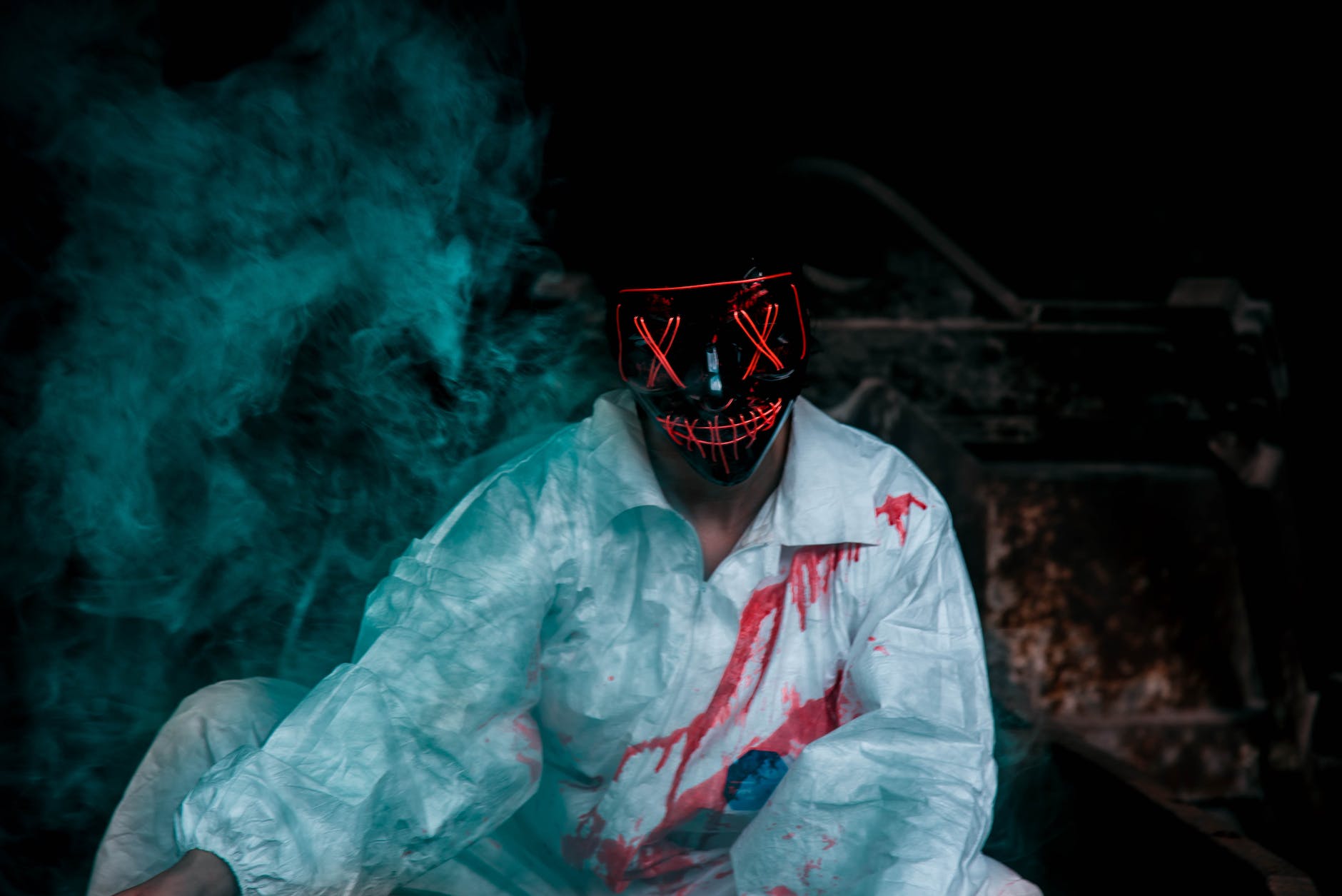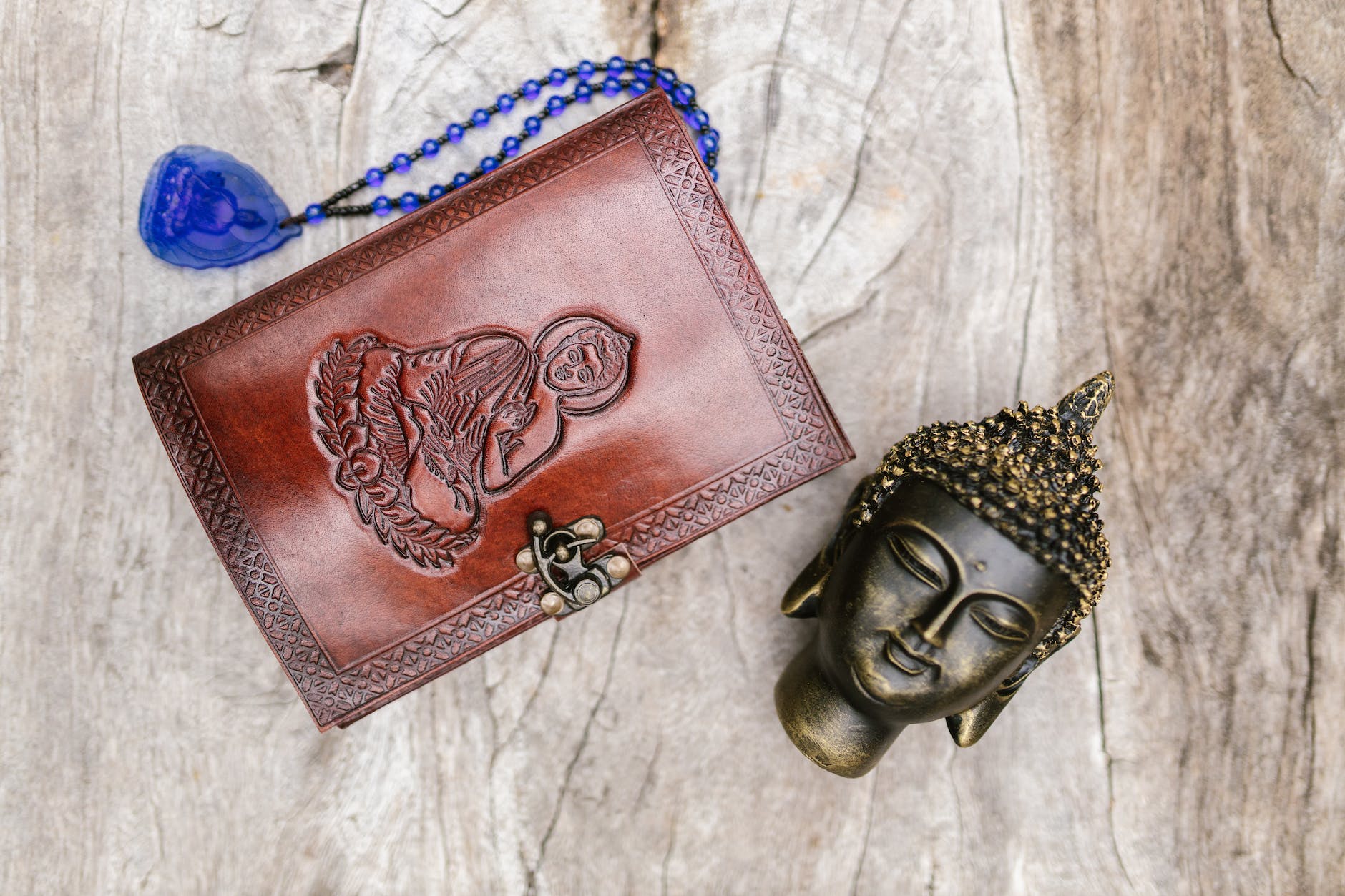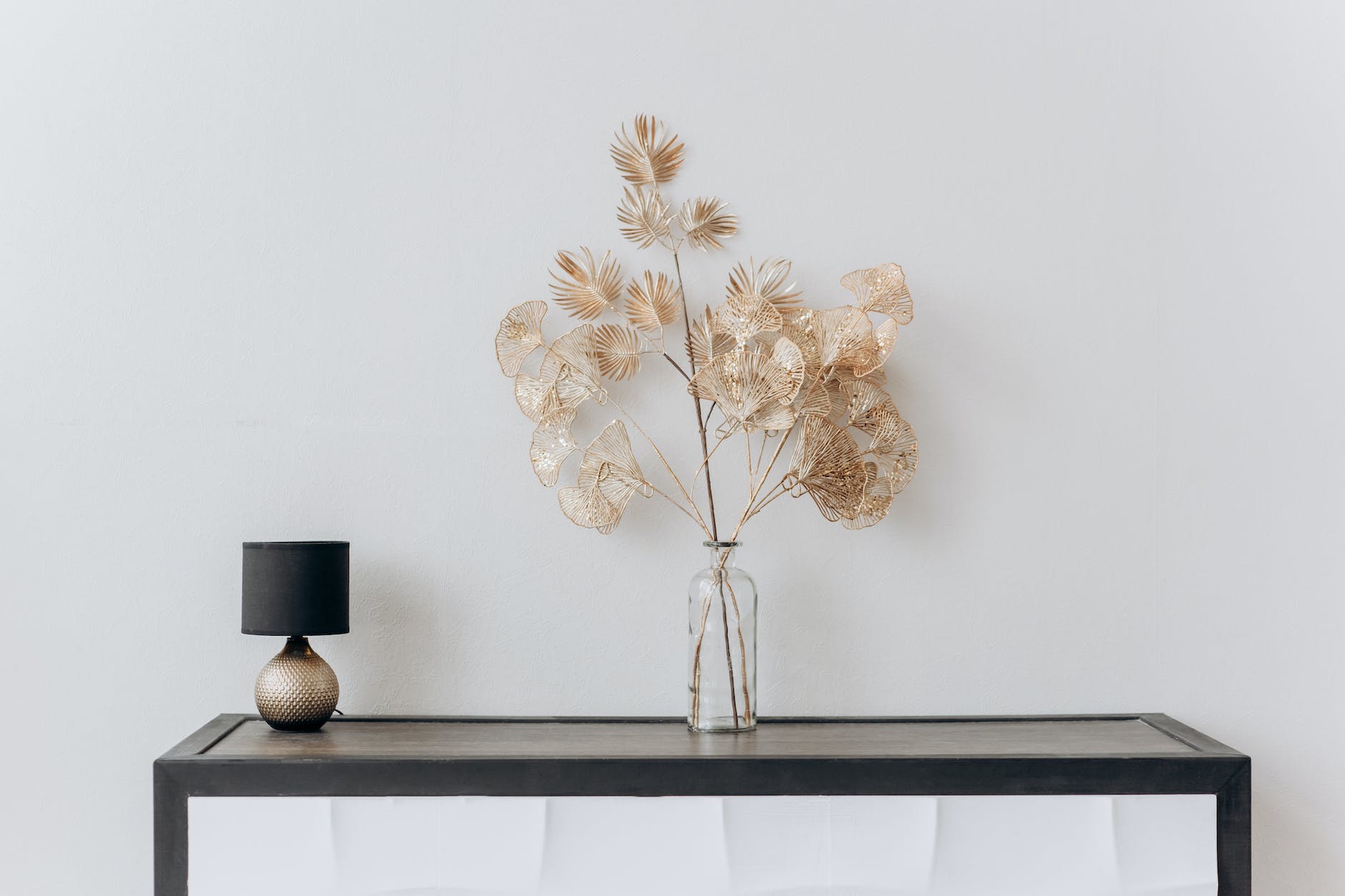Art, in its various forms, often encapsulates an artist’s perception of reality. It interprets and expresses the ordinary in extraordinary ways. Through the ages, artists have sought unique methods of tapping into unseen corners of their minds to augment their creative process. One such avenue has been the use of psychedelics.
Psychedelics are a class of drugs that create profound changes in perception, mood, and cognitive processes, leading to what many describe as mind-expanding experiences. These substances often induce hallucinations and altered states of consciousness that can serve as a source of artistic inspiration.
The intricate relationship between psychedelics and artistic creativity can be traced back to ancient civilizations. Ancient cultures such as the Mayans and Aztecs consumed natural psychoactive substances during religious ceremonies, often resulting in intricate artistic expression. Today, many artists credit their use of psychedelics with revealing previously unimaginable perspectives and paving the way for significant artistic breakthroughs.
Indeed, the interplay between the mind-altering effects of psychedelics and the creative process has been scientifically documented. Researchers suggest that psychedelics can enhance creativity by disrupting routine thought patterns and offering unique perspectives. In essence, they enable the user to perceive the world in an entirely new light, which can inspire innovative ideas and concepts.
For instance, many reports tell of how hallucinations under the influence of psychedelics have led to distinctive works of art. Paintings, sculptures, music, and literature can portray these mind-altering experiences, providing audiences a glimpse into the artist’s expanded consciousness.
Psychedelics have also proved instrumental in self-expression—an essential element of artistic creativity. They help artists dig deeper into their subconscious mind, encourage introspection, and facilitate emotional catharsis. Under their influence, artists can explore and depict ideas, emotions, and experiences otherwise difficult to articulate.
The late Steve Jobs, the co-founder of Apple Inc., famously attributed some of his innovative capabilities to his youthful experiences with LSD, a potent psychedelic. Jobs stated that taking LSD was “one of the two or three most important things he had done in his life.” It is instances such as these that spotlight the potential role of psychedelics in extracting fresh and out-of-the-box ideas.
In recent years, there has been surging interest in the therapeutic potential of psychedelics, notably in art therapy. Art therapy is a form of psychotherapy that uses art as a medium of expression and communication. In art therapy settings, psychedelics can facilitate a deeper exploration of the self, making therapy more effective. By unlocking significant personal insights and promoting emotional release, psychedelics can help individuals to create incredibly personal and meaningful artworks as part of their healing process.
However, it’s crucial to remember that while the link between psychedelics and creativity is intriguing, their use doesn’t come without risks. The unregulated use of these substances can lead to harmful effects, including both mental and physical health risks. While some artists might find inspiration through psychedelics, others might struggle with the overwhelming intensity of the experience. Hence, their use should always be guided by knowledge, respect, and caution.
In conclusion, psychedelics have played an undeniable role in artistic creativity over time. Their ability to unlock hidden compartments of the mind, offer new perspectives, and foster self-expression positions them as a unique tool in the creative process. Through this lens, one can understand why so many artists turn to these substances seeking artistic inspiration. Ultimately, like all tools in the artist’s kit, the use of psychedelics is a deeply personal choice—one that has led to remarkable outputs and added a whole new dimension to artistic expression.








